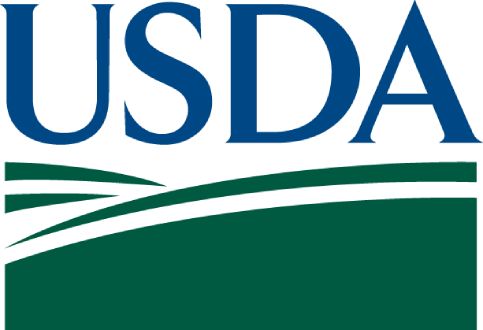Evaluation of Demonstration Projects to End Childhood Hunger (EDECH): The Nevada Healthy, Hunger Free Kids Project
Ending Childhood Hunger: Evaluation of Demonstration Projects
Prepared for:
U.S. Department of Agriculture, Food and Nutrition Service

The 2010 Child Nutrition reauthorization called for the development of innovative strategies to “reduce the risk of childhood hunger or provide a significant improvement to the food security status of households with children,” and an independent evaluation of the effectiveness of these strategies using rigorous experimental designs and methodologies to produce scientifically valid evidence of project impacts on food security. USDA awarded a $3.1 million grant2 to the Nevada Division of Public and Behavioral Health, which administers the Special Supplemental Nutrition Program for Women, Infants, and Children (WIC), along with the Nevada Division of Welfare and Supportive Services, which administers the Supplemental Nutrition Assistance Program (SNAP).
The Healthy, Hunger Free Kids (HHFK) project in Nevada was designed to, among households with young children living in poverty, (1) reduce food insecurity among children, (2) increase enrollment in WIC and other nutrition assistance programs, and (3) improve nutrition and healthy shopping habits. It aimed to achieve these goals primarily by increasing access to food through higher SNAP benefits, and secondarily by helping families gain access to WIC and other assistance programs, and encourage healthy shopping and cooking behaviors through nutrition education.
This evaluation, conducted by Mathematica, used a rigorous randomized controlled trial design to estimate the Nevada HHFK project’s impact on the primary study outcome―reduce food insecurity among children―and other outcomes, including food security among adults and the household as a whole, food spending, and participation in nutrition assistance programs.
How do you apply evidence?
Take our quick four-question survey to help us curate evidence and insights that serve you.
Take our survey
